653667
Pd(0) EnCat® 30NP
wet, nanoparticles, extent of labeling: 0.4 mmol/g Pd(0) loading (dry basis)
Synonym(s):
Palladium(0), microencapsulated in polyurea matrix
About This Item
Recommended Products
form
nanoparticles
wet
Quality Level
contains
0.35-0.43 mmol/g pallladium(0) (dry basis)
45% water
reaction suitability
core: palladium
reaction type: Buchwald-Hartwig Cross Coupling Reaction
reaction type: Heck Reaction
reaction type: Hiyama Coupling
reaction type: Negishi Coupling
reaction type: Sonogashira Coupling
reaction type: Stille Coupling
reaction type: Suzuki-Miyaura Coupling
reagent type: catalyst
extent of labeling
0.4 mmol/g Pd(0) loading (dry basis)
weight
Unit weight includes weight of water.
General description
Other Notes
Legal Information
Signal Word
Danger
Hazard Statements
Precautionary Statements
Hazard Classifications
Self-heat. 1
Storage Class Code
4.2 - Pyrophoric and self-heating hazardous materials
WGK
WGK 3
Flash Point(F)
Not applicable
Flash Point(C)
Not applicable
Personal Protective Equipment
Choose from one of the most recent versions:
Already Own This Product?
Find documentation for the products that you have recently purchased in the Document Library.
Related Content
Homogeneous palladium catalysts are widely utilized due to their versatility, reactivity and functional group tolerance.
Our team of scientists has experience in all areas of research including Life Science, Material Science, Chemical Synthesis, Chromatography, Analytical and many others.
Contact Technical Service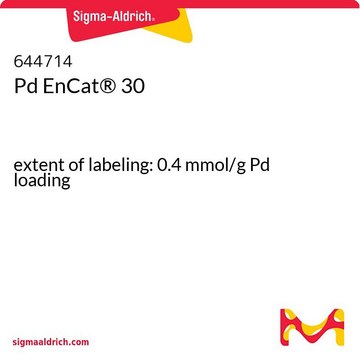
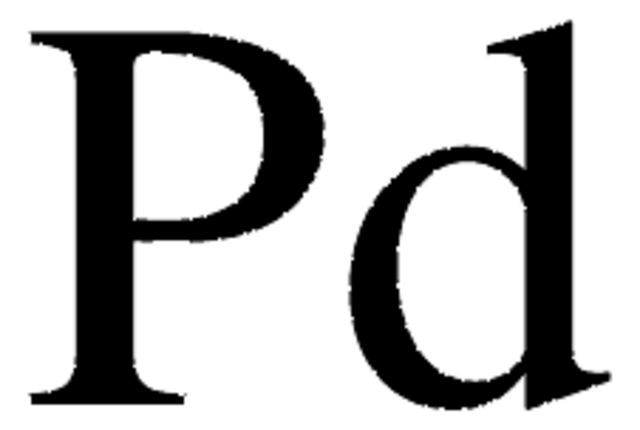

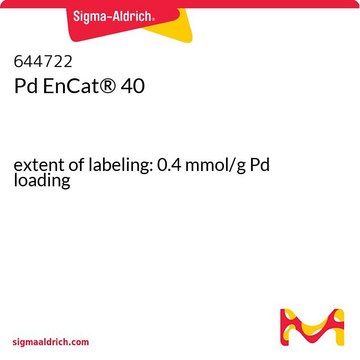

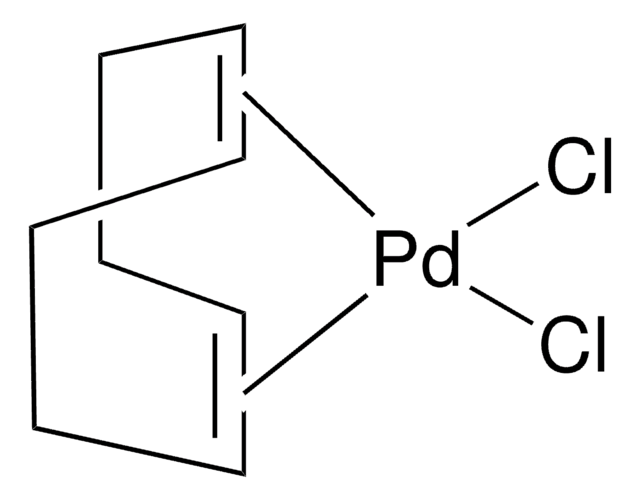
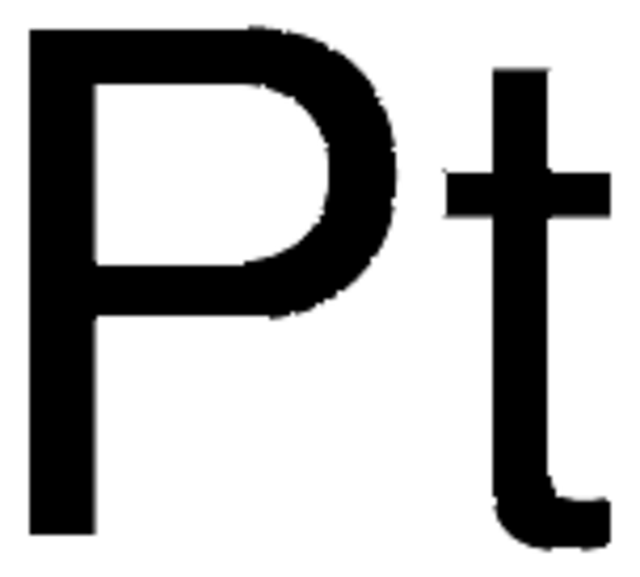
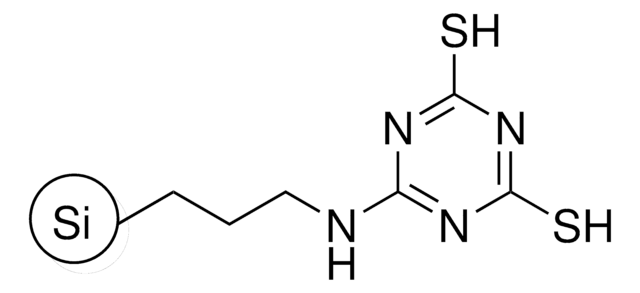
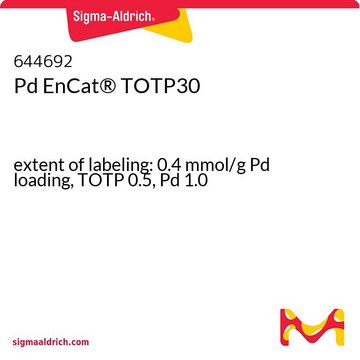
![2,8,9-Triisobutyl-2,5,8,9-tetraaza-1-phosphabicyclo[3.3.3]undecane 97%](/deepweb/assets/sigmaaldrich/product/structures/750/287/cc77a98e-fa6c-4d81-9f3e-f392770724ac/640/cc77a98e-fa6c-4d81-9f3e-f392770724ac.png)
